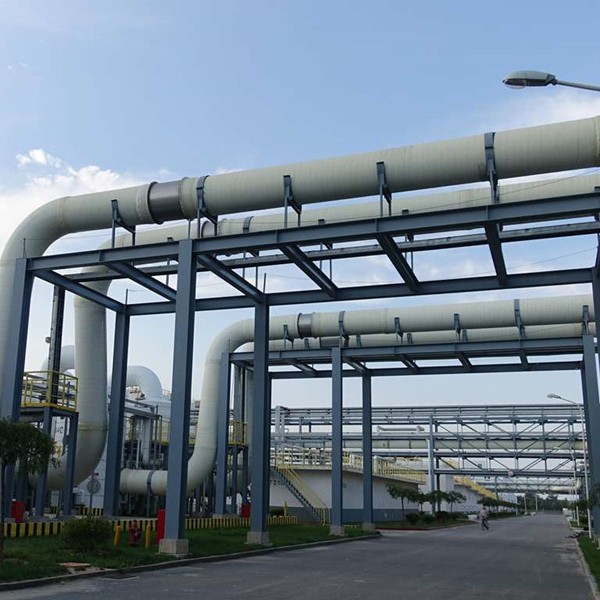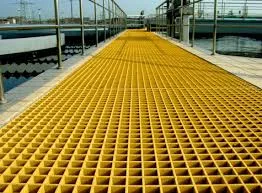
-
 Afrikaans
Afrikaans -
 Albanian
Albanian -
 Amharic
Amharic -
 Arabic
Arabic -
 Armenian
Armenian -
 Azerbaijani
Azerbaijani -
 Basque
Basque -
 Belarusian
Belarusian -
 Bengali
Bengali -
 Bosnian
Bosnian -
 Bulgarian
Bulgarian -
 Catalan
Catalan -
 Cebuano
Cebuano -
 China
China -
 China (Taiwan)
China (Taiwan) -
 Corsican
Corsican -
 Croatian
Croatian -
 Czech
Czech -
 Danish
Danish -
 Dutch
Dutch -
 English
English -
 Esperanto
Esperanto -
 Estonian
Estonian -
 Finnish
Finnish -
 French
French -
 Frisian
Frisian -
 Galician
Galician -
 Georgian
Georgian -
 German
German -
 Greek
Greek -
 Gujarati
Gujarati -
 Haitian Creole
Haitian Creole -
 hausa
hausa -
 hawaiian
hawaiian -
 Hebrew
Hebrew -
 Hindi
Hindi -
 Miao
Miao -
 Hungarian
Hungarian -
 Icelandic
Icelandic -
 igbo
igbo -
 Indonesian
Indonesian -
 irish
irish -
 Italian
Italian -
 Japanese
Japanese -
 Javanese
Javanese -
 Kannada
Kannada -
 kazakh
kazakh -
 Khmer
Khmer -
 Rwandese
Rwandese -
 Korean
Korean -
 Kurdish
Kurdish -
 Kyrgyz
Kyrgyz -
 Lao
Lao -
 Latin
Latin -
 Latvian
Latvian -
 Lithuanian
Lithuanian -
 Luxembourgish
Luxembourgish -
 Macedonian
Macedonian -
 Malgashi
Malgashi -
 Malay
Malay -
 Malayalam
Malayalam -
 Maltese
Maltese -
 Maori
Maori -
 Marathi
Marathi -
 Mongolian
Mongolian -
 Myanmar
Myanmar -
 Nepali
Nepali -
 Norwegian
Norwegian -
 Norwegian
Norwegian -
 Occitan
Occitan -
 Pashto
Pashto -
 Persian
Persian -
 Polish
Polish -
 Portuguese
Portuguese -
 Punjabi
Punjabi -
 Romanian
Romanian -
 Russian
Russian -
 Samoan
Samoan -
 Scottish Gaelic
Scottish Gaelic -
 Serbian
Serbian -
 Sesotho
Sesotho -
 Shona
Shona -
 Sindhi
Sindhi -
 Sinhala
Sinhala -
 Slovak
Slovak -
 Slovenian
Slovenian -
 Somali
Somali -
 Spanish
Spanish -
 Sundanese
Sundanese -
 Swahili
Swahili -
 Swedish
Swedish -
 Tagalog
Tagalog -
 Tajik
Tajik -
 Tamil
Tamil -
 Tatar
Tatar -
 Telugu
Telugu -
 Thai
Thai -
 Turkish
Turkish -
 Turkmen
Turkmen -
 Ukrainian
Ukrainian -
 Urdu
Urdu -
 Uighur
Uighur -
 Uzbek
Uzbek -
 Vietnamese
Vietnamese -
 Welsh
Welsh -
 Bantu
Bantu -
 Yiddish
Yiddish -
 Yoruba
Yoruba -
 Zulu
Zulu
Jan . 13, 2025 14:14
Back to list
Large Size Field Tanks
FRP (fiberglass reinforced plastic) food-grade equipment has become an indispensable asset in the food and beverage industry. Its rising popularity is attributed to its distinct blend of durability, safety, and compliance with stringent health standards. As an industry expert with years of hands-on experience, I can guide you through why FRP stands as a top choice for food-grade applications.
Moreover, FRP’s non-porous surface ensures that it resists bacterial growth, a critical feature for equipment involved in food production. As manufacturers focus more on hygiene, FRP's easy-to-clean surface minimizes the risk of contamination, aligning with proactive steps toward food safety. Real-world applications of FRP equipment are diverse, extending from storage tanks and pipes to ventilation systems and anti-slip flooring in food factories. These applications testify to FRP's adaptability across different sections of food processing plants, each tailor-made to uphold sanitary conditions and operational efficiency. Companies in the sector continuously expand their use of FRP, recognizing the tangible benefits in reducing operational costs and enhancing product safety. As sustainability becomes central to operations across industries, FRP's role is also evolving. It’s a recyclable material, presenting an eco-friendly option for conscientious companies. This not only future-proofs their infrastructure but also aligns with many organizations' commitment to sustainability. In conclusion, the decision to integrate FRP food-grade equipment into food processing operations isn't merely a trend—it's an informed decision driven by the material's robust performance, safety assurances, and adaptability. For those in the industry, acknowledging the comprehensive benefits of FRP can lead to better operational efficiency and product integrity.


Moreover, FRP’s non-porous surface ensures that it resists bacterial growth, a critical feature for equipment involved in food production. As manufacturers focus more on hygiene, FRP's easy-to-clean surface minimizes the risk of contamination, aligning with proactive steps toward food safety. Real-world applications of FRP equipment are diverse, extending from storage tanks and pipes to ventilation systems and anti-slip flooring in food factories. These applications testify to FRP's adaptability across different sections of food processing plants, each tailor-made to uphold sanitary conditions and operational efficiency. Companies in the sector continuously expand their use of FRP, recognizing the tangible benefits in reducing operational costs and enhancing product safety. As sustainability becomes central to operations across industries, FRP's role is also evolving. It’s a recyclable material, presenting an eco-friendly option for conscientious companies. This not only future-proofs their infrastructure but also aligns with many organizations' commitment to sustainability. In conclusion, the decision to integrate FRP food-grade equipment into food processing operations isn't merely a trend—it's an informed decision driven by the material's robust performance, safety assurances, and adaptability. For those in the industry, acknowledging the comprehensive benefits of FRP can lead to better operational efficiency and product integrity.
Next:
Related Products









